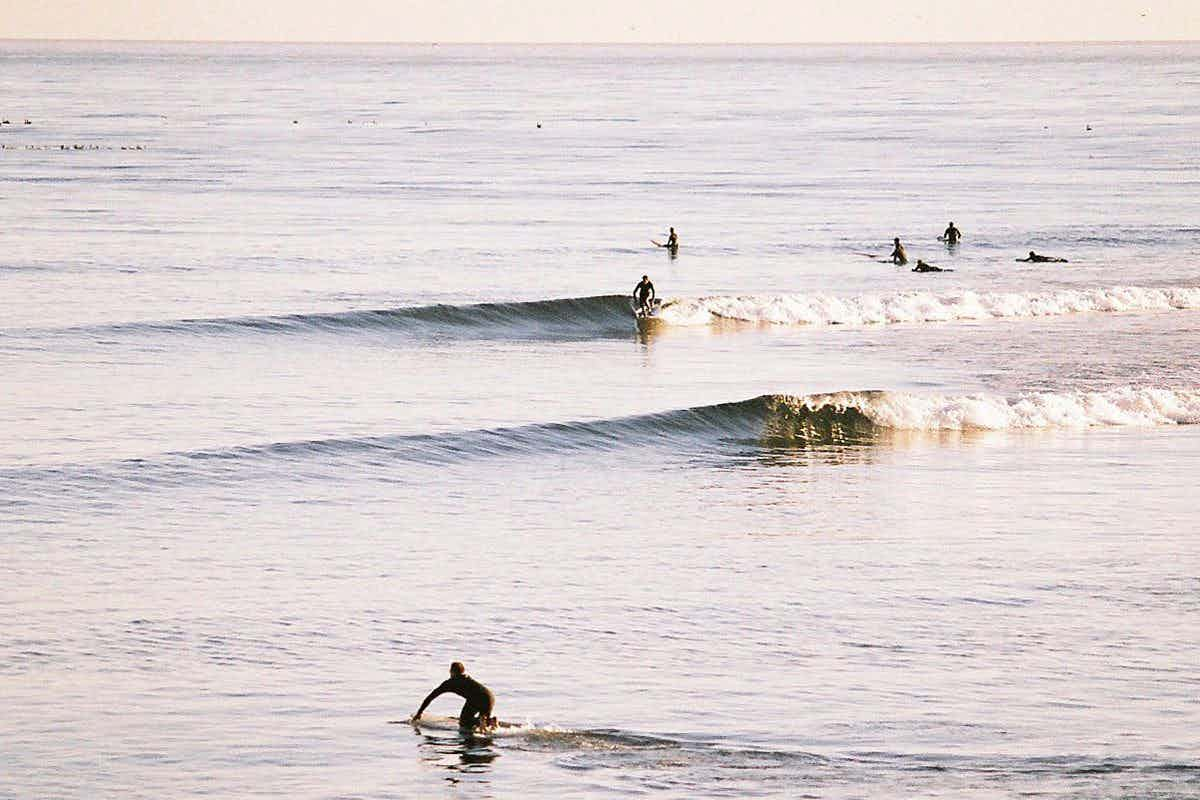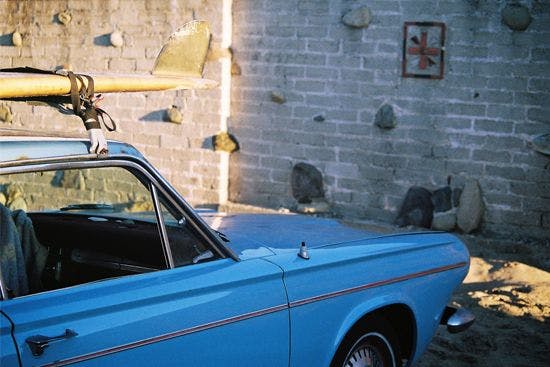Surf culture, TravelThe ‘Bu: Malibu’s Place in Surf History & Culture

By Mat Arney
There are plenty of surf destinations on this big, blue planet of ours; literally thousands. Each one has its own unique draw and a story to tell, but not many have so strong a place in surfing folklore as Malibu. The North Shore of Oahu, Hawaii, may pip it to the post as the pilgrimage that every surfer should try to make in their lifetime, but this stretch of Southern Californian sand surely comes a close second for its cultural significance.
Sitting a touch under thirty miles to the west of the metropolis of Los Angeles and just ten miles from Santa Monica, Malibu has somehow retained a level of “small town” charm by virtue of being both tucked away beneath the Santa Monica Mountains and also inhabited by Hollywood celebrities and the mega-wealthy who are prepared to dig into their deep pockets to maintain the character of their zip-code. Facing south, in a hook in the coast between Santa Monica to the east and Ventura County to the west, Malibu is a summer break open to south swells generated far away by South Pacific storms which most commonly deliver well spaced sets of two-to-four foot waves between the months of May and September.
A cobblestone point nourished by sand being carried south down the coast, Surfrider Beach provides three distinct right-hand point-break waves as the swell wraps in towards the famous pier, although it is First Point that really shines. Third and Second Point both work on a mid-tide, whilst First works right through the tidal range, getting more hollow as the tide drops but maintaining the long, tapering wall that has made this wave so popular with surfers for the past seventy or so years.

Originally inhabited by the Chumash Indians, a ranch was established by Spanish settlers in Malibu Canyon in the late 1700s, which eventually came into the hands of the Rindge Family. Fenced off and patrolled by armed guards through the early 1900s, waves were only occasionally ridden here by pioneers such as Tom Blake and Sam Reid who would paddle the last two miles from the boundary line of the ranch, until the Pacific Coast Highway paved the way both literally and physically for other surfers in 1929.

The waves that peeled down the famous point at Surfrider Beach were too fast for early surfboards, however, and it wasn’t until the postwar years that surfboard design caught up with the curl at Malibu and the stretch of sand between the highway and the ocean became the incubator for modern surf culture, from the beach blanket movies to iconic rebel Mikey Dora. Hollywood’s proximity may have pushed the beach and its name to the forefront of popular culture through the 1960s, but as a surfing location it has the quality and the credentials to back up its celebrity status. Malibu is invariably crowded, however if you’re driving north on the Pacific Coast Highway out of Los Angeles then you really can’t justify not pulling over to survey the line-up and observe which variation of the phrase “Dora Lives” is currently scrawled in spray paint on the famous beach wall.
WHERE:LAX
WHEN:Northern Summer
WHY:Surfing, Surf Culture
HOW:Longboard or Shortboard